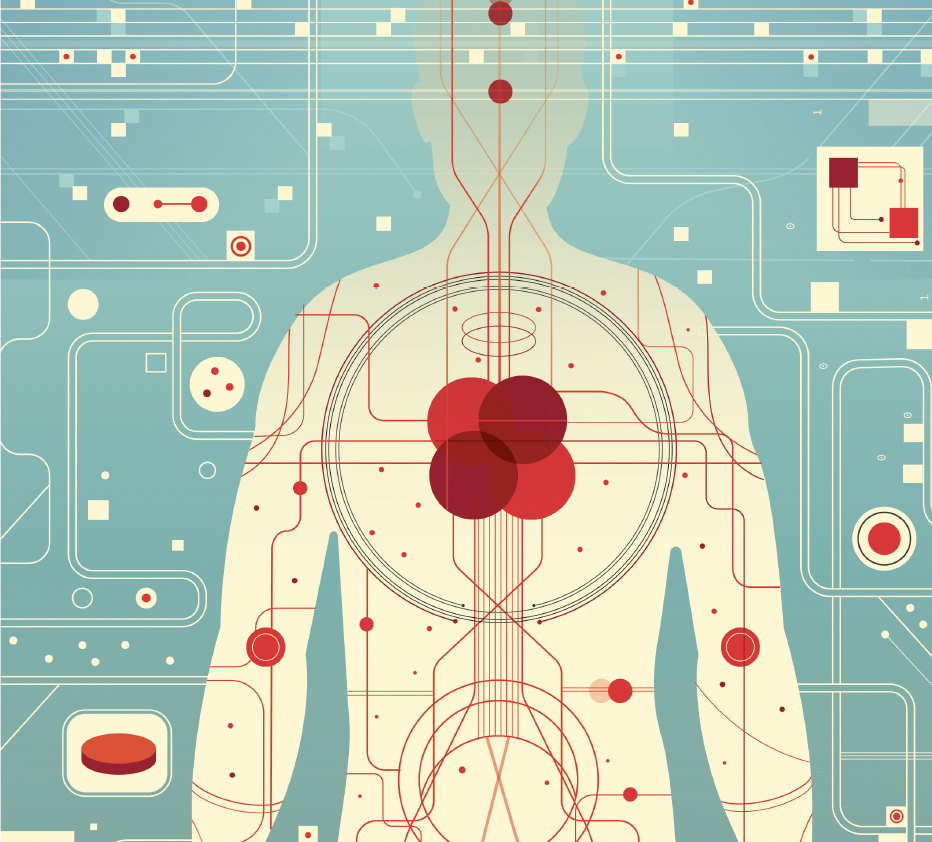
Precision EM: Predicting Myocardial Injury
David Kim, MD, PhD helped to develop a predictive model for myocardial injury using readily-available bedside monitor data.
Predicting Myocardial Injury Faster, with Fewer Diagnostics
Chest pain accounts for seven to nine million emergency department visits each year in the U.S. and typically triggers serial laboratory studies and prolonged monitoring for acute coronary syndrome (ACS). Current risk-stratification methods, often requiring serial biomarker assays, are costly and inefficient.
David Kim, MD, PhD, assistant professor of emergency medicine, and colleagues have developed and validated a predictive model for myocardial injury using continuous lead-II ECG signal data from bedside monitoring early in a patient’s presentation to predict myocardial injury.
The predictions of the best-performing models, using only non-invasive monitoring and basic patient information, demonstrated an excellent negative predictive value for myocardial injury among patients with chest pain or shortness of breath. Results were available significantly sooner than dispositive laboratory results. The model also showed better classification accuracy than ED physicians.
Kim and colleagues are also looking at increasing the yield of CT scans for pulmonary embolism, a very common diagnostic dilemma in the ED. They are developing a model to learn which patients should be prioritized for testing based on their cardiac electrophysiology and respiratory dynamics. And they are looking to develop a system for real-time guidance for resuscitation in shock.

